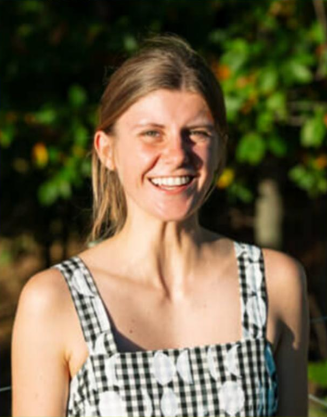
Third spaces create what we think of as community. They are often the underlying reason we choose to stay. If home is our first space, work our second, then third spaces are the shared, special places where we seek enjoyment, connection, and enrichment. Uniquely, third spaces are not limited to just one, we can and should cultivate many spaces to enrich different aspects of our lives. Libraries, public parks and trails, beaches, and yes, grocery stores are great examples.
Ray Oldenburg, an urban sociologist, defined third spaces as places that “host the regular, voluntary, informal, and happily anticipated gatherings of individuals beyond the realms of home and work.” He goes on to explain that a world without third spaces would feel less communal, less connected, and frankly much more expensive. We have a plethora of clubs, associations, and teams that require payment for entry or a certain badge. The best third spaces, by design, welcome all and do not have a price point for entry. They encourage sharing, conversation, and cooperation, and remind us what it means to be in community with one another.
I see one of my third spaces manifest on the Boardman Lake Loop Trail, a trail that hosts more than 350,000 visitors every year. In the midst of all these trail users, I run into my former neighbors nearly every time where we stop and share life updates. I meet new friends, cross paths with old teammates, and share a trail with perfect strangers. As part of my job at TART Trails, I also get to distribute trail user surveys, visiting with walkers, runners, bikers, birders, and rollers where I ask people to share their experiences, a crucial feedback tool for a community-informed trail. Each suggestion and request represents a more perfect third space, the future third space that we all want to see.
Another third space occurs clearly in the aisles of Oryana as I run into familiar faces of friends, farmers, and acquaintances on a Tuesday evening, each of us hoping and waiting for some dinner inspiration. I let the Fresh Deals do the deciding on most Tuesdays. I scan my co-op membership, receive my patronage and the glorious five and ten percent discounts, and vote in the board elections. I provide my suggestions through the comment cards and learn about community happenings on the Event Bulletin board. The more time I linger at Oryana, the more I learn about this region I love, the people who support the food system I enjoy, and the more fresh produce I eat in a week. Feels like a win, win, win to me.
Trails and 50-year-old co-ops don’t take shape easily. They are the result of long, often arduous efforts—living, breathing places that require ongoing care and attention. They reflect the best kind of third spaces for me, created by and for the local community, where all can feel welcome and can find comfort. These third spaces emerged from intentional planning and the dedication of engaged community members. These organic hubs are not static; they grow and adapt, strengthening our sense of belonging.
Third spaces, like the Loop and Oryana, offer the perfect setting to practice being a good neighbor, a respectful trail user, and an engaged co-op member, and remind us that we stay in this place not just for a home or a job, but for the community itself.
About Dana Pflughoeft
Dana Pflughoeft is the Community Engagement Coordinator at TART Trails, where she promotes trails as a powerful tool for sustainability through signage, interpretation panels, sustainability initiatives, and communications. She holds an MS in Environmental Communications and Policy from the University of Michigan’s School for Environment and Sustainability. Outside of work, Dana enjoys road biking, nordic skiing, celebrating local food, and exploring Northern Michigan’s trails.


